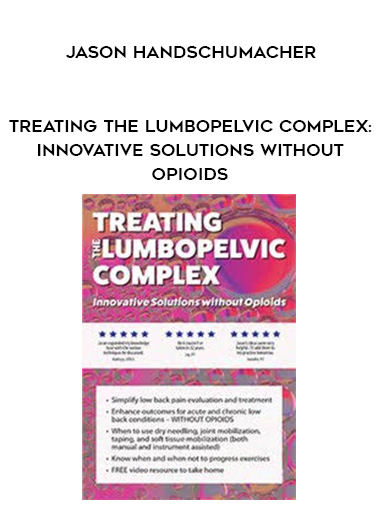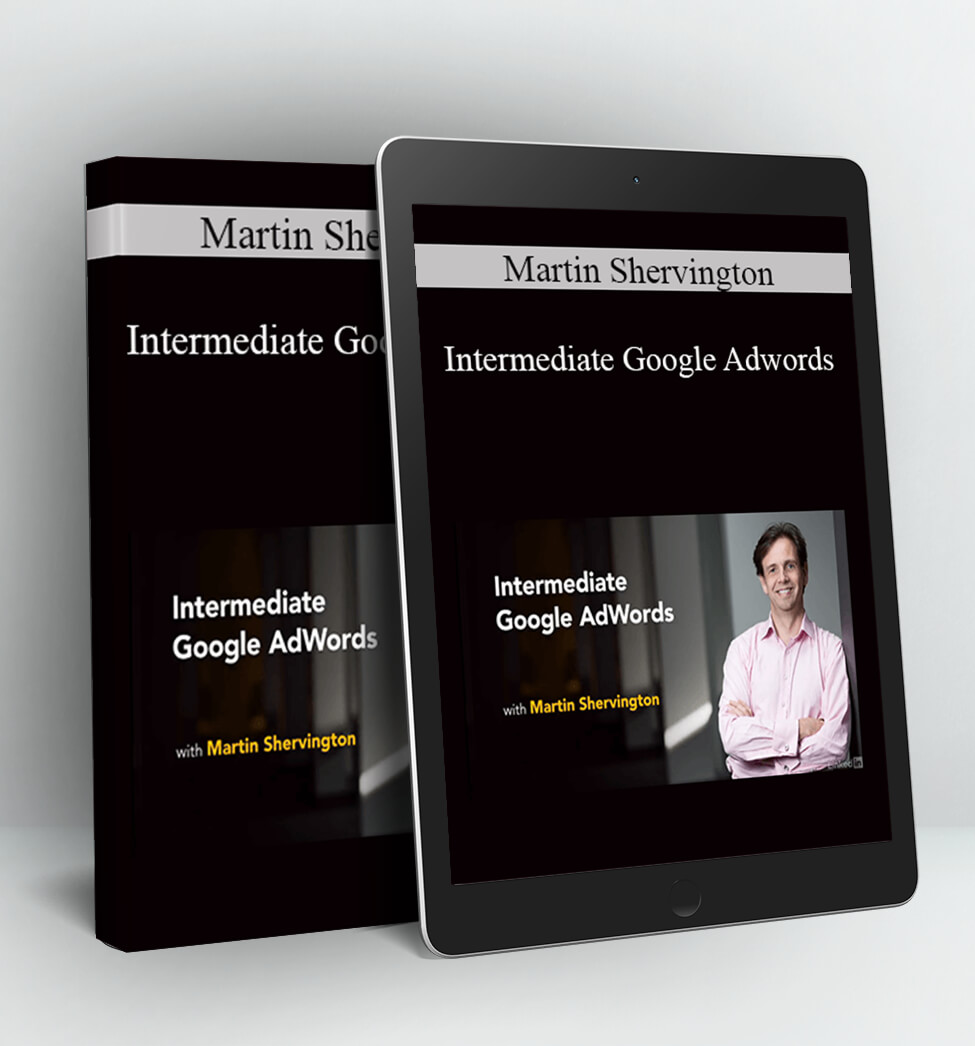THE SIEGEL-GOTTMAN SUMMIT: NEUROSCIENCE MEETS FAMILY SCIENCE – DANIEL J. SIEGEL , JOHN M. GOTTMAN & JULIE SCHWARTZ GOTTMAN
A Clinical Training with Dr. Dan Siegel & Drs. John & Julie Gottman
Don’t miss this exciting opportunity to immerse yourself in a conversation of mindfulness and couples therapy. This groundbreaking training offers you the chance of a lifetime to watch three of the greatest thinkers in their fields as they weave together independent approaches that will empower and transform your work with individuals and couples. Learn how to move couples from rigid and chaotic states to a state of empathy, compassion, and flexibility through mindfulness.
Dr. Dan Siegel has made one of the most exciting scientific discoveries of the last twenty years: how we focus our attention shapes the structure of our brain. He will masterfully provide an entertaining and clear framework for understanding the human mind and its connection to relationships.
In response, the Gottmans will skillfully demonstrate-through live video taped sessions with couples, clinical vignettes, and experiential audience participation-how to interweave mindfulness into your couples work using evidenced-based interventions from Gottman Method Couples Therapy.
This workshop provides a synthesis of Interpersonal Neurobiology woven together with key Gottman Method Interventions. You will learn how to identify chaotic and rigid states of mind and help move individuals and couples toward states of flexibility, compassion, openness, empathy and attunement. As a result, they will experience deeper connection, renewed intimacy, greater self-compassion, and healing from relationship wounds.
- Summarize the three domains of the Gottman Method Sound Relationship House.
- Apply principles of Interpersonal Neurobiology to clinical assessment.
- Describe several ways in which the Gottman Method can be integrated with principles of Interpersonal Neurobiology.
- Define the self-organizing aspect of the mind and mental health.
- Identify several Gottman Method interventions that promote self-integration.
- List at least seven aspects of integrative prefrontal functions.
- Discuss the ways in which attachment patterns and couple relationship dynamics intersect.
- Identify the overlap between the social and regulatory circuits of the brain.
- Discuss the four ways in which experience alters the function and structure of the brain.
- Define integration and its functional outcomes.
- Describe how attachment categories may be altered by psychotherapy.
- Identify how Gottman method may induce neuroplastic changes in the brain.
DAY ONE
Self-Awareness and Self-Soothing
- Integration of consciousness
- Increasing self-awareness and self-compassion
- Emotional regulation
- The science of Diffuse Physiological Arousal
- The clinical treatment of ‘Flooding’
Gottman Intervention: Self Soothing
Connecting Your Brain’s Hemispheres and Connecting with Your Partner
- Integrating the verbal/logical left side and the nonverbal/sensual right side of the brain
- Enabling the individual to translate sensations into words
- Developing sensitivity to meta-emotional mismatches within a couple
- Intimate connection in all six emotional command systems
- Receptivity to the partner’s unique perspective
Gottman Intervention: Meta-Emotion Mismatch: Untruth vs. truth sensory experience
Moving Past Trauma to Receptivity
- Understanding vertical integration: Gut, heart, lungs and brain
- Increasing awareness with our bodies
- Increasing emotional receptivity and attunement to others by listening to the body
- Implications for working with trauma in couples
- Strengthening the couple relationship by surfacing past trauma
Case example: Sexual abuse
Contextualizing Negativity in a Deeper Story
- Memory integration
- Moving traumatic memories into a greater state of consciousness
- Constructing autobiographical memories
- Identifying a partner’s Internal Working Model
- Increasing the sensitivity of both partners to negative, reactive responses
Gottman Intervention: Internal Working Model
DAY TWO
Building Attachment, Understanding and Compassion
- State integration: intrastate, interstate and interpersonal states
- Build self-esteem by exploring insecure attachments
- Explore the individual deep seeded dreams that lead to gridlocked conflict in a couple
- Uncovering those dreams builds understanding between partners
Gottman Intervention: Stress reducing conversation
Creating a Partnership within Yourself and With Your Partner
- Interpersonal integration: honoring and supporting differences in each other
- Shame and self-loathing act to split a person into multiple selves
- Helping clients establish an integrated self through self-acceptance and compassion
- Deepening fondness and admiration between partners
- Creating a unified partnership with mutual respect
Gottman Intervention: Fondness and admiration
Building Connections for a Lifetime
- Temporal integration: making maps of time
- Finite role of time in shaping the human life
- Seeking certainty, but change is the only constant
- Building rituals of connection for creating a meaningful life together
Gottman Intervention: Building rituals of connection
Increased Attunement and Implications for Working with Affairs
- Mindsight and freedom
- Being receptive and open with others encourages neuroplasticity and increases attuned communications
- Clinical applications of openness to healing from an affair





